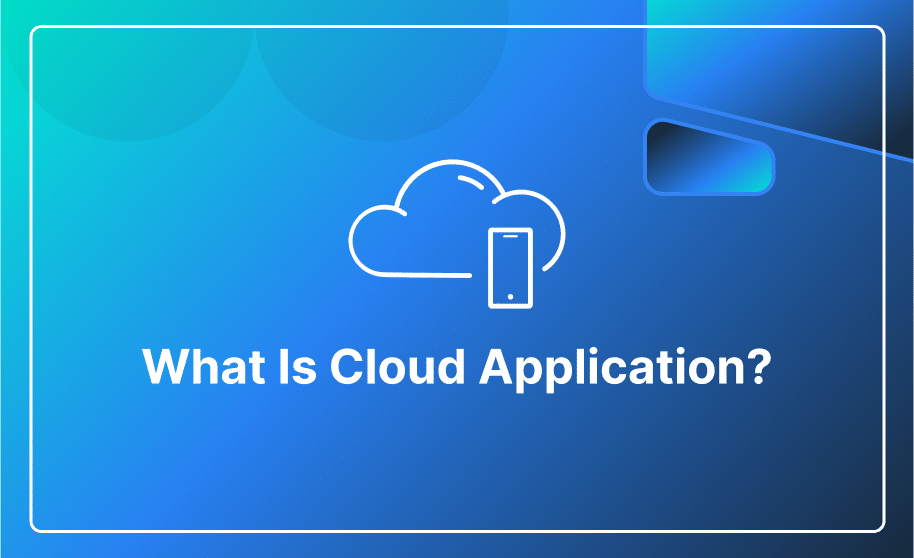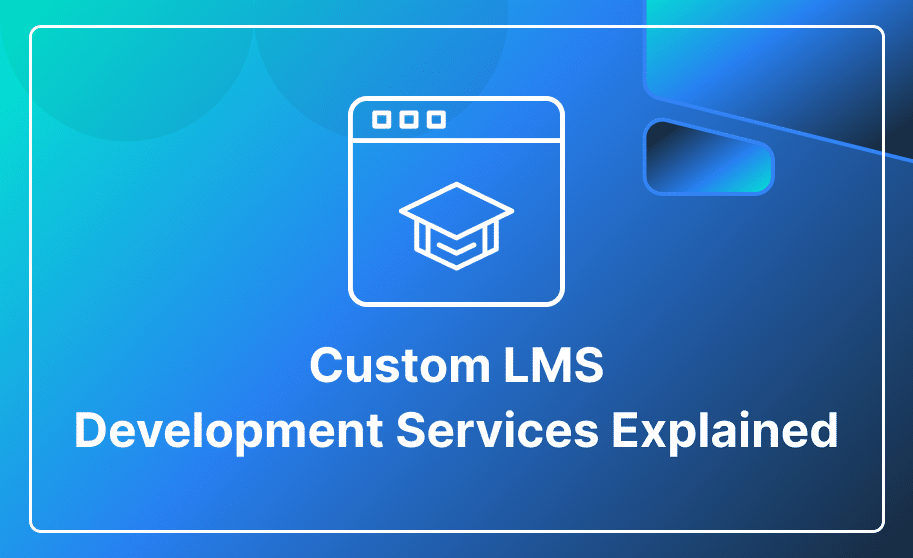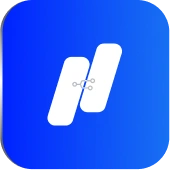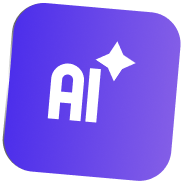Since day one, Bubble has been continuously improving its functionality. Today, Bubble is the most popular no-code platform for rapid web and mobile app development. It is a full-stack platform designed for small and large software projects.
In this blog, we’ll explore how to customize your Bubble creation to work well on phones and tablets. We’ll review the steps to make your Bubble app mobile-friendly, look at the mobile wrapper options, and point out the challenges. By the end, you’ll know about Bubble’s capabilities and if it’s a good fit for your project.
A Quick Overview of Bubble
A Bubble is a no-code visual programming platform that allows individuals to build no-code software and applications using graphics and images to express computing logic instead of relying on traditional coding.
Bubble is a perfect choice for creating functional websites, internal tools, and web applications. It offers efficiency, speed, and simplicity.
Explore What is Bubble.io? A Step-by-Step Guide for Beginners.
Can You Build a Bubble Mobile App?
Bubble primarily focuses on web applications. Web apps are dependent on web browsers to operate. Browsers are responsible for handling various tasks, like displaying the content (HTML/CSS), loading resources, updating the interface, and running scripts (like JavaScript).
One of the most asked questions we get is “Can you build a mobile app with bubble?” The answer is yes, you can. However, it is necessary to understand the difference between responsive web apps, native mobile apps, and progressive web apps (PWAs).
Responsive Web Apps
Responsive web apps are designed to adapt seamlessly to various devices and screen sizes. The primary goal is to provide an optimal user experience on various devices, including a desktop computer, laptop, tablet, or smartphone. You can access these apps through web browsers on your mobile devices, like Chrome or Safari, without needing to download them from an app store.
Responsive web apps provide accessibility and compatibility across various devices, but they may not have some features commonly found in native mobile apps, such as offline access or push notifications. However, responsive web design principles make sure that users can easily interact with the app on a smaller screen, making them a budget-friendly choice for reaching a wide audience.
Native Mobile Apps
Native mobile apps are designed for iOS or Android platforms and are developed using platform-specific programming languages and frameworks like Swift or Java. Outstanding performance is one of the key advantages of native mobile apps.
Native mobile apps provide access to diverse features like camera, GPS, sensor, and online functionality, enabling them to provide seamless and feature-rich user experience.
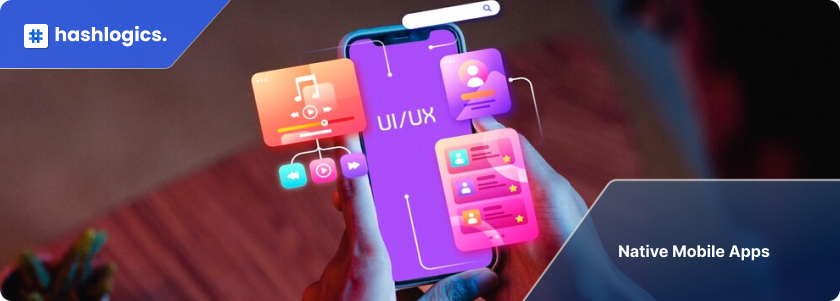
Progressive Web Apps (PWAs)
Progressive web apps bring together the best of both web and native mobile apps. They are web applications but deliver a user experience similar to native mobile apps. You can easily install progressive web apps on your device and create an icon on the home screen for easy access, like the traditional apps from the app store.
What distinguishes PWAs from native mobile apps is their ability to offer advanced features. The advanced features include offline functionality, push notifications, and responsive design. PWAs connect to the web and native apps, enabling businesses to reach a wider audience while ensuring a compelling and app-like user experience.
The Benefits of Bubble Native Mobile App
Building a native Bubble mobile app offers numerous advantages, such as
- Native mobile is optimized for specific operating systems (iOS or Android), leading to quicker loading times and more seamless user experiences. Achieving this level of optimization is challenging for web apps.
- Native mobile apps provide access to the device’s hardware and various features, like GPS, camera, sensors, and push notifications.
- Publishing native apps on platforms such as Apple App Store or Google Play Store offers access to a broad and varied user base.
- Native apps provide multiple monetization options, including in-app purchases, subscriptions, and advertising. In most cases, these monetization options are more effective compared to web-based advertising models.
- Industries like travel or remote work tools require offline functionality. Mobile apps ensure that users have uninterrupted access to important information, even in areas with limited or no internet connection.
How to Build a Bubble Mobile App?
We are here to guide you in optimizing your Bubble app for mobile use and making it similar to the native mobile app experience. Two primary options are wrapping it as a native app or turning it into a progressive web app.
You might be curious about the contradiction, as we said you can’t create a native app with Bubble. Here’s the clarification: A mobile wrapper acts like a full-screen browser but is designed for specific web addresses (URLs), hiding usual browser elements like the URL bar and menus. By using a mobile app wrapper, you can present your Bubble app as a standalone application that users can install from app stores. They get the benefit of using your app like a native app, even though they’re downloading a browser optimized for your app’s URL.
It is important to clear that this method doesn’t create a genuine Bubble. iOS app or APK app.
Make a Mobile-friendly Bubble App
Before getting into mobile app wrapping, let’s begin with some tips on optimizing the mobile experience of your Bubble app. You can try out these features:
- Responsive editor: With the responsive editor, you can adjust how your app’s content looks on various devices of different sizes.
- “This page is a native app” checkbox: Turn this on to receive tips on getting your app ready for app store submission. You can also give your app a specific name.
- Mobile version: Choose a page that displays on mobile devices, customized to their design needs.
- iOS appearance: Customize the appearance of your Bubble iOS mobile app, making sure it looks perfect on iPhones and iPads.
- Elements and animations: Improve the user experience by hiding elements and using smooth animations.
Utilize Mobile Wrapper
Use a mobile wrapper service that fits your requirements, and move forward by signing up for the service or making the necessary purchase, depending on their pricing model. Usually, these services have simple registration procedures, and you might need to provide basic account information.
The next steps are:
- Customize the mobile features you want to add to your application, like push notifications, biometric authentication, QR scanning, and more.
- Several mobile wrapper services offer a preview option. You can use this feature to assess your app’s functionality and appearance on various mobile devices.
- When you are satisfied with the settings and preview of your application, proceed to generate or wrap your application. The mobile wrapper will give you the necessary steps to follow and then allow you to package your Bubble app to function as a native app or progressive web app (PWA), depending on your preference.
Wrappers for Native Apps and PWAs
For Native Apps:
GONative
- GoNative converts Bubble apps into native applications.
- It offers a native user interface, native plugins, and professional services.
- The pricing structure starts at $790, a one-time fee for both iOS and Android.
BDK
- Specializes in wrapping Bubble apps and provides native feature integration through the Bubble plugin.
- It offers various features such as push notifications, QR scanning, GPS, and more.
- The pricing structure starts at $349 for both iOS and Android.
For PWAS
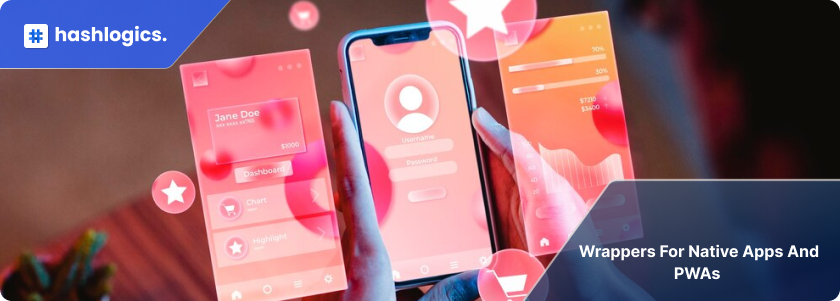
PROGRESSIER
- It converts Bubble apps into Progressive Web Apps (PWAs).
- Its features include installation statistics, API, push notifications, and iOS compatibility.
- The price starts at $15/month for the first app.
Limitations in building a mobile app with Bubble.io
- Bubble apps depend entirely on server connections for running and rendering pages. Unlike native apps that offer offline access and sync data when connected. Bubble apps cannot show pages without an active server connection.
- Bubble depends on the server and JavaScript for visual changes, which can lead to less smooth responsiveness and rendering compared to native apps.
- If your app expands and gains more users, long-term scalability can become challenging. It can affect your app performance and real-time data management.
Hashlogics is a prominent Bubble app development company committed to delivering excellence in every application we make. Contact us today for expert guidance.


